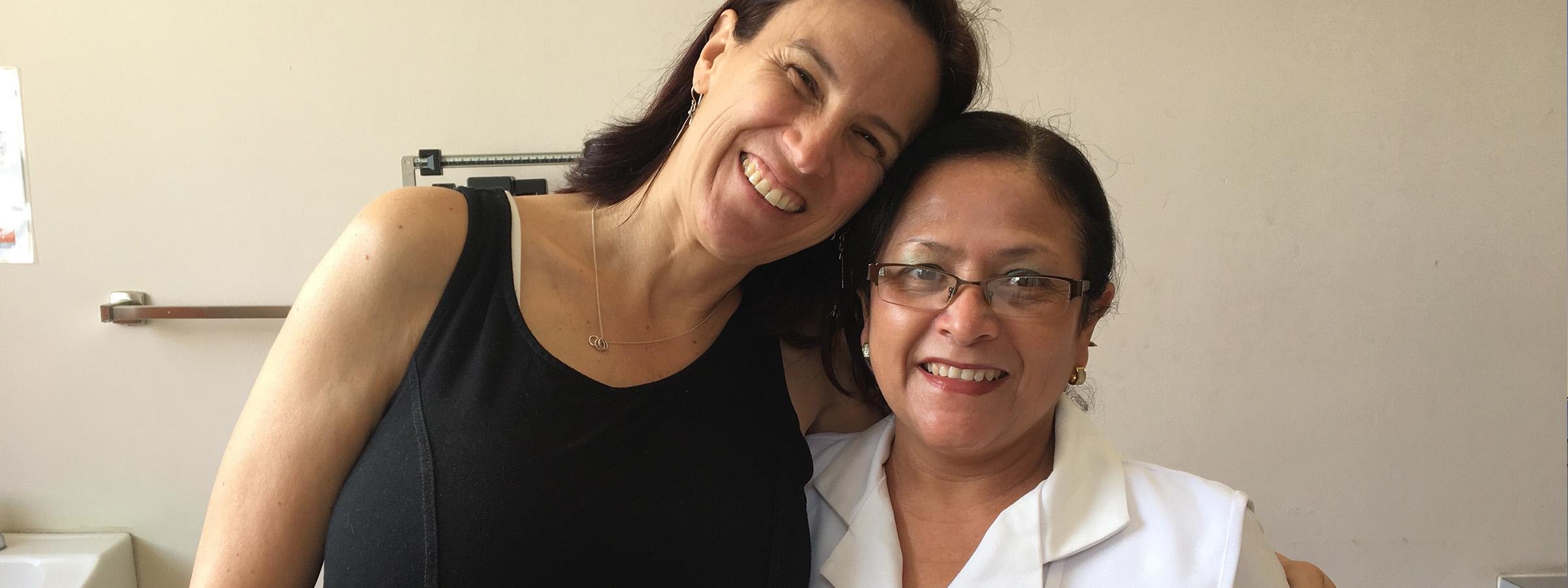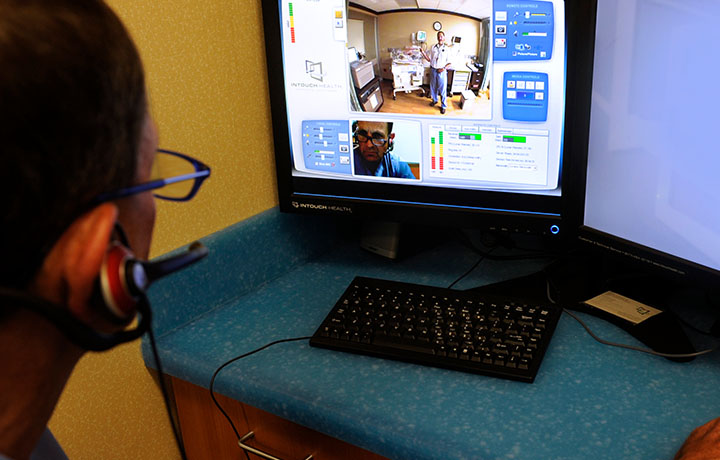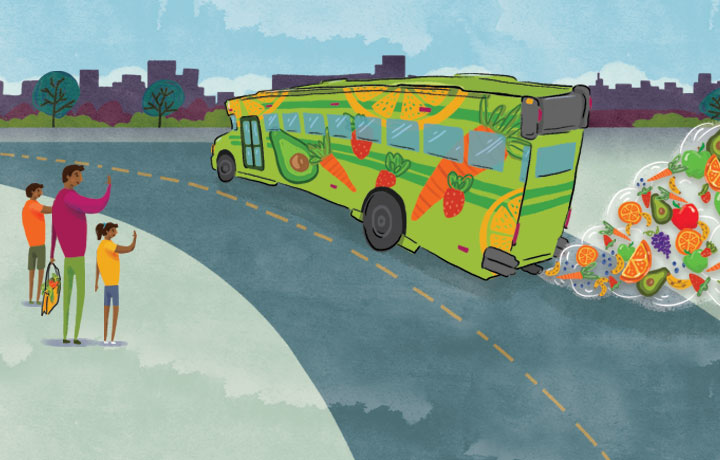Article
Healthcare lessons from beyond our borders
By Kirsten Meisinger, M.D. | June 7, 2018

I work on a project in Nepal to reduce maternal and infant mortality. We knew that mothers and babies were dying because midwives in remote mountain areas lacked necessary medical supplies: Antiseptic for babies and misoprostol to prevent hemorrhage in mothers. The government gives these supplies away for free because its data show that mortality rates go down when they do.
But keeping those supplies on hand was a challenge. So we gave all the midwives in our project cell phones and had them text central supply when their stock levels ran low. Within three months, all the rural health posts were fully stocked, and maternal and infant mortality decreased dramatically.
This kind of rapid response is only possible in a decentralized healthcare system in which public health data directs and informs healthcare delivery.
In the U.S., we created a centralized, hospital-based system, believing better outcomes would result. We were wrong. We do emergency and tertiary care very well, but the rest of the world has shown that for primary care, a decentralized delivery system is far more effective.
The key to decentralized systems is health promotion via community health workers, trained laypeople who know their communities and can translate medical recommendations in a way that patients – their neighbors – understand and follow. And that leads to better outcomes.
In centralized systems, normal events like pregnancy and pediatric care tend to be medicalized. We moved all our pediatric care into medical offices, for example, and our vaccination rates plummeted. The reason? It's really hard for parents to take off work, particularly for an appointment where their child is measured and someone says, “Good job, Mom and Dad."
In France, Australia, and over much of the rest of the world, children often go to the doctor only when sick. Their vaccinations and well-child care are largely managed by a nurse, often one who works at their school, because that is more efficient and, therefore, more effective.
The resource-poor world has developed efficiencies in care delivery through necessity.
The resource-poor world has developed efficiencies in care delivery through necessity. And most rely on community health workers. In Brazil, community health workers reduce the risk of falling among elderly by teaching patients exercises to do while holding on to a chair. Driven by necessity, their decentralized, community-based strategy yields results any health system in the U.S. would be proud of, and shows precisely why harnessing the power of community to get widespread results is an area of such intense interest right now.
In Rwanda, the Ministry of Health provides most of its citizens access to primary care consultations via a telehealth app on their mobile phones. These are incredibly efficient and effective interventions. Our health system is rich enough that we don't demand these kinds of simple efficiencies, and then we blame patients when our inefficient systems don't meet their needs. Rwanda shows us a perfect example of how to make crisis an opportunity by investing in a technology solution that empowers patients to direct their care.
Consumers in the U.S. are using similar technology for everything other than healthcare. Now is the time for us to learn from our neighbors and make the leap.
To achieve efficiency in healthcare delivery, we need to trust our patients to a much higher degree and give them recommendations they can easily follow. The resources we need are already in our communities, our patients, and our public health data. It is our job, our mission, to connect them. And we can learn to do so from our global neighbors and colleagues.
Kirsten Meisinger, M.D., is president of the medical staff at Cambridge Health Alliance.







